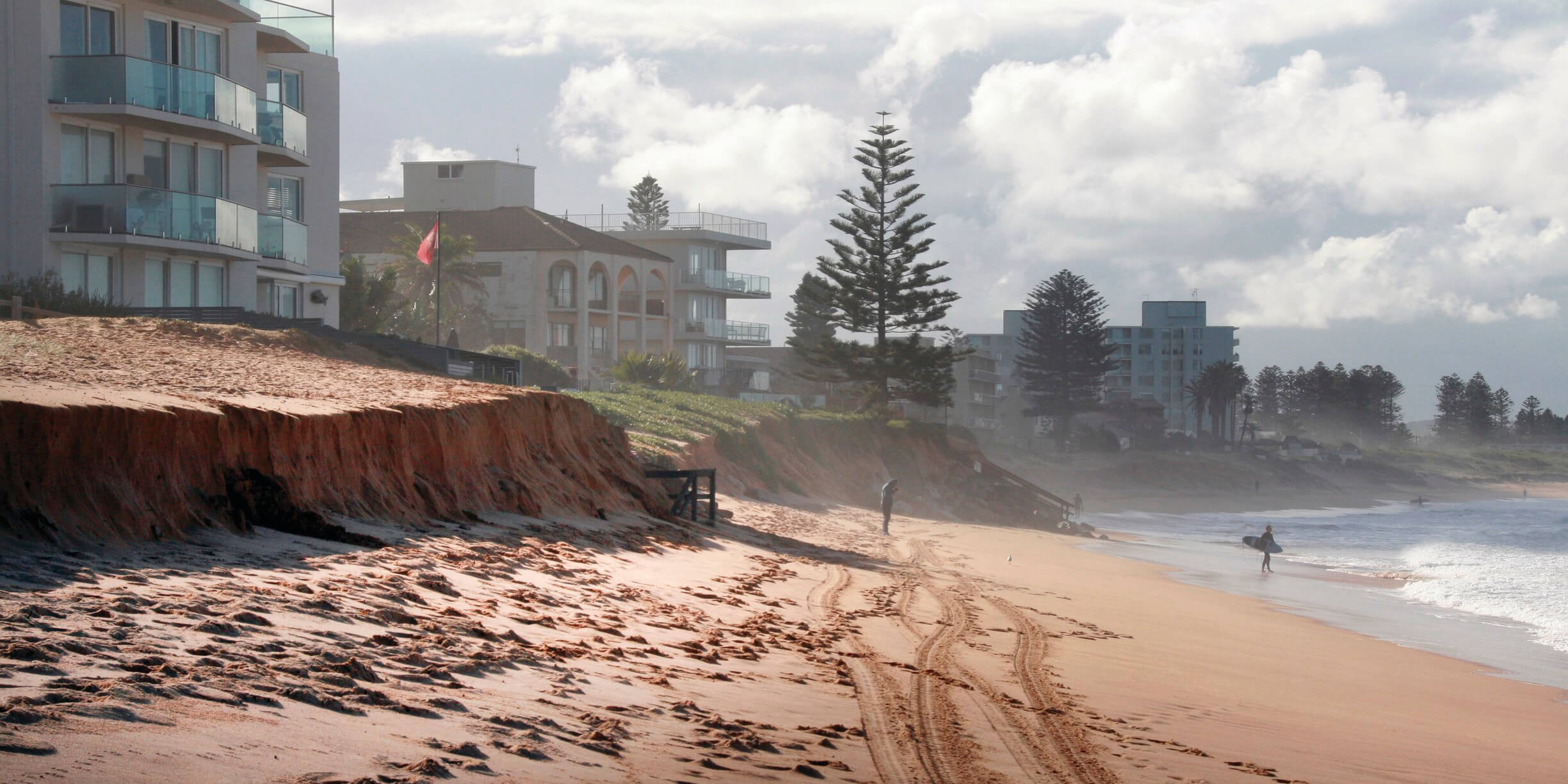Climate Change And Coastal Erosion: The Effects Of Rising Sea Levels

Table of Contents
The Science Behind Rising Sea Levels and Coastal Erosion
Rising sea levels are a direct consequence of climate change, primarily driven by two key mechanisms: thermal expansion and the melting of glaciers and ice sheets. As global temperatures increase, the ocean absorbs a significant amount of heat, causing the water to expand in volume – a process known as thermal expansion. Simultaneously, the melting of glaciers and ice sheets in Greenland and Antarctica adds vast quantities of freshwater to the oceans, further contributing to sea level rise.
This increase in sea level directly accelerates coastal erosion rates. Higher sea levels mean that waves and storm surges reach further inland, impacting a larger area of the coastline. The increased frequency and intensity of storms, another consequence of climate change, exacerbate this effect.
- Increased storm surge frequency and intensity: More powerful storms lead to greater erosion during each event.
- Higher high-tide levels: Even without storms, higher high tides lead to more frequent flooding and increased erosion.
- Increased wave action: Higher sea levels provide more energy for wave action, leading to more powerful and frequent erosion events. This heightened wave energy can undermine cliffs, erode beaches, and damage coastal structures.
Impacts of Coastal Erosion on Coastal Communities and Ecosystems
The impacts of coastal erosion are far-reaching and devastating, affecting both human populations and delicate coastal ecosystems. Coastal communities face displacement, loss of property, and damage to critical infrastructure. Homes, businesses, and vital transportation networks are all at risk. This can lead to significant economic losses and social disruption.
Ecologically, coastal erosion results in significant habitat loss and biodiversity reduction. Saltwater intrusion into freshwater wetlands and aquifers contaminates vital resources. Mangrove forests, salt marshes, and coral reefs – ecosystems that provide crucial habitat and protect coastlines – are particularly vulnerable to erosion and rising sea levels.
- Economic losses: Damage to infrastructure, loss of tourism revenue, and decreased agricultural productivity contribute to significant economic hardship.
- Threats to human health and safety: Flooding and erosion increase the risk of injury, disease, and displacement.
- Disruption of vital ecosystem services: Loss of fisheries, decreased water quality, and reduced coastal protection all have severe consequences.
Mitigation and Adaptation Strategies for Coastal Erosion
Addressing the challenge of climate change and coastal erosion requires a two-pronged approach: mitigation and adaptation. Mitigation focuses on reducing greenhouse gas emissions to slow the rate of sea level rise. Adaptation involves implementing strategies to protect coastal communities and ecosystems from the impacts of erosion, even as sea levels continue to rise.
Mitigation Strategies:
- Investing in renewable energy sources: Transitioning away from fossil fuels is crucial for reducing greenhouse gas emissions.
- Implementing sustainable land-use practices: Protecting and restoring coastal ecosystems such as mangroves and wetlands can enhance natural coastal defenses.
- Improving carbon sequestration: Protecting and restoring forests and other ecosystems that absorb carbon dioxide from the atmosphere is essential.
Adaptation Strategies:
- Coastal protection structures: Seawalls, breakwaters, and revetments can help protect shorelines from erosion, but they often have significant environmental consequences.
- Beach nourishment: Adding sand to beaches can restore their width and protect against erosion, but it's often costly and requires ongoing maintenance.
- Managed retreat: Relocating communities and infrastructure away from vulnerable coastlines is a last resort, but it can be a necessary strategy in the long term.
- Developing early warning systems: Effective warning systems can help minimize loss of life and property during coastal flooding events.
- Community-based adaptation strategies: Engaging local communities in the planning and implementation of adaptation measures is crucial for success.
Case Studies of Coastal Erosion Due to Climate Change
Numerous coastal regions worldwide are experiencing severe coastal erosion due to rising sea levels. Bangladesh, for instance, faces significant threats to its densely populated coastal areas, with millions vulnerable to displacement and saltwater intrusion. Similarly, parts of Florida are witnessing accelerated beach erosion and increased coastal flooding, necessitating costly adaptation measures. The Maldives, a low-lying island nation, is grappling with the existential threat of complete submergence. Data on sea level rise and coastal erosion rates in these areas dramatically illustrates the severity of the problem.
- Bangladesh: Millions are threatened by rising sea levels and increased salinity.
- Florida: Accelerated coastal erosion is damaging beaches and coastal properties.
- The Maldives: The islands face the imminent threat of submergence due to rising sea levels.
Addressing the Challenge of Climate Change and Coastal Erosion
Climate change and coastal erosion pose a significant and multifaceted challenge. The scientific evidence clearly demonstrates the link between rising sea levels and increased coastal erosion rates. The consequences for coastal communities and ecosystems are profound and far-reaching. Effective action requires a combined strategy of mitigation and adaptation, addressing both the causes and impacts of this critical issue. We must urgently reduce greenhouse gas emissions while simultaneously implementing measures to protect vulnerable communities and ecosystems. Understanding the link between climate change and coastal erosion is crucial for protecting our coastal communities and ecosystems. Learn more about the issue and get involved in efforts to mitigate the effects of rising sea levels and support initiatives dedicated to coastal resilience.

Featured Posts
-
 Tylas Coachella 2025 Look A Britney Spears Homage Or Original Design
May 11, 2025
Tylas Coachella 2025 Look A Britney Spears Homage Or Original Design
May 11, 2025 -
 80 Game Ban For Jurickson Profar A Deeper Look At The Ped Suspension
May 11, 2025
80 Game Ban For Jurickson Profar A Deeper Look At The Ped Suspension
May 11, 2025 -
 Bayern Munich Vs Inter Milan L Influence De Thomas Mueller Sur Le Match
May 11, 2025
Bayern Munich Vs Inter Milan L Influence De Thomas Mueller Sur Le Match
May 11, 2025 -
 Tyla Denies Coachella 2025 Outfit Inspired By Britney Spears
May 11, 2025
Tyla Denies Coachella 2025 Outfit Inspired By Britney Spears
May 11, 2025 -
 Byvshiy Premer Ministr Boris Dzhonson Novaya Karernaya Traektoriya
May 11, 2025
Byvshiy Premer Ministr Boris Dzhonson Novaya Karernaya Traektoriya
May 11, 2025
